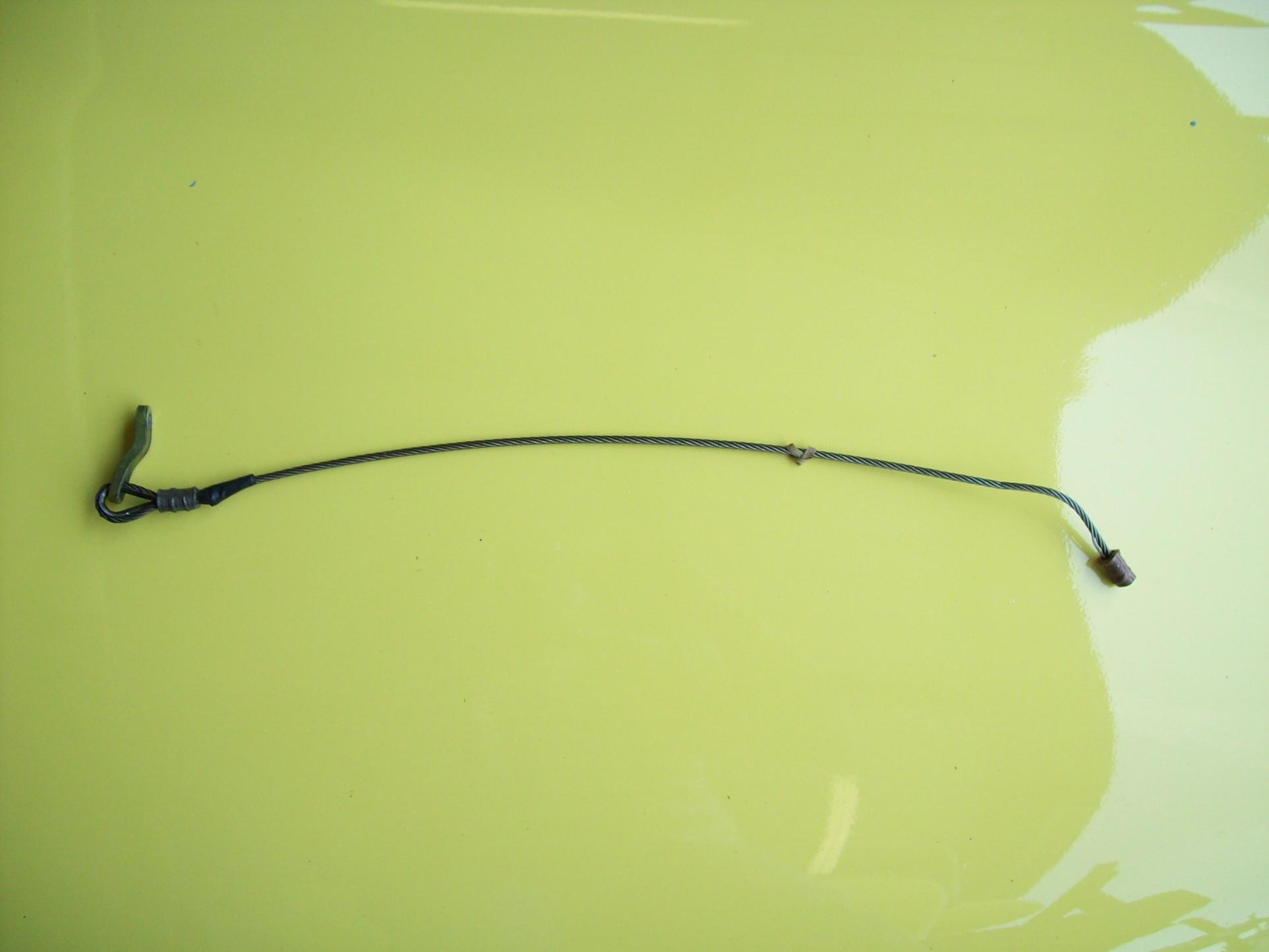This is a report that was submitted to us by an NTSB investigator who needs to remain anonymous as an impartial investigator. Pictures and words are not mine so I can't offer any answers to questions. This is simply a passing of information to anyone using nicopress fittings to use the proper tools.
Thankfully, this was a known-circumstance, no-injury accident, and we were hoping to share the lessons learned from it with an interested audience. Your members are likely to be involved in the building of flight control systems, or the re-rigging of those systems in antique aircraft, and thatís why we sought you out.
The NTSB Accident Number is ERA11CA375. You can go to our website and read the Factual Report as well as the Boardís finding of probable cause. The public docket which contains the documents and photographs used to support the investigation can also be found there. I have attached a number of those items for your convenience.
Because my position requires that I be an impartial investigator, I am reluctant to self-publish on a website or discussion forum. It am not, however, precluded from sharing the facts and circumstances with you and your members. From there, you can draw your own conclusions, or start a discussion or debate as the situation dictates.






 Reply With Quote
Reply With Quote




